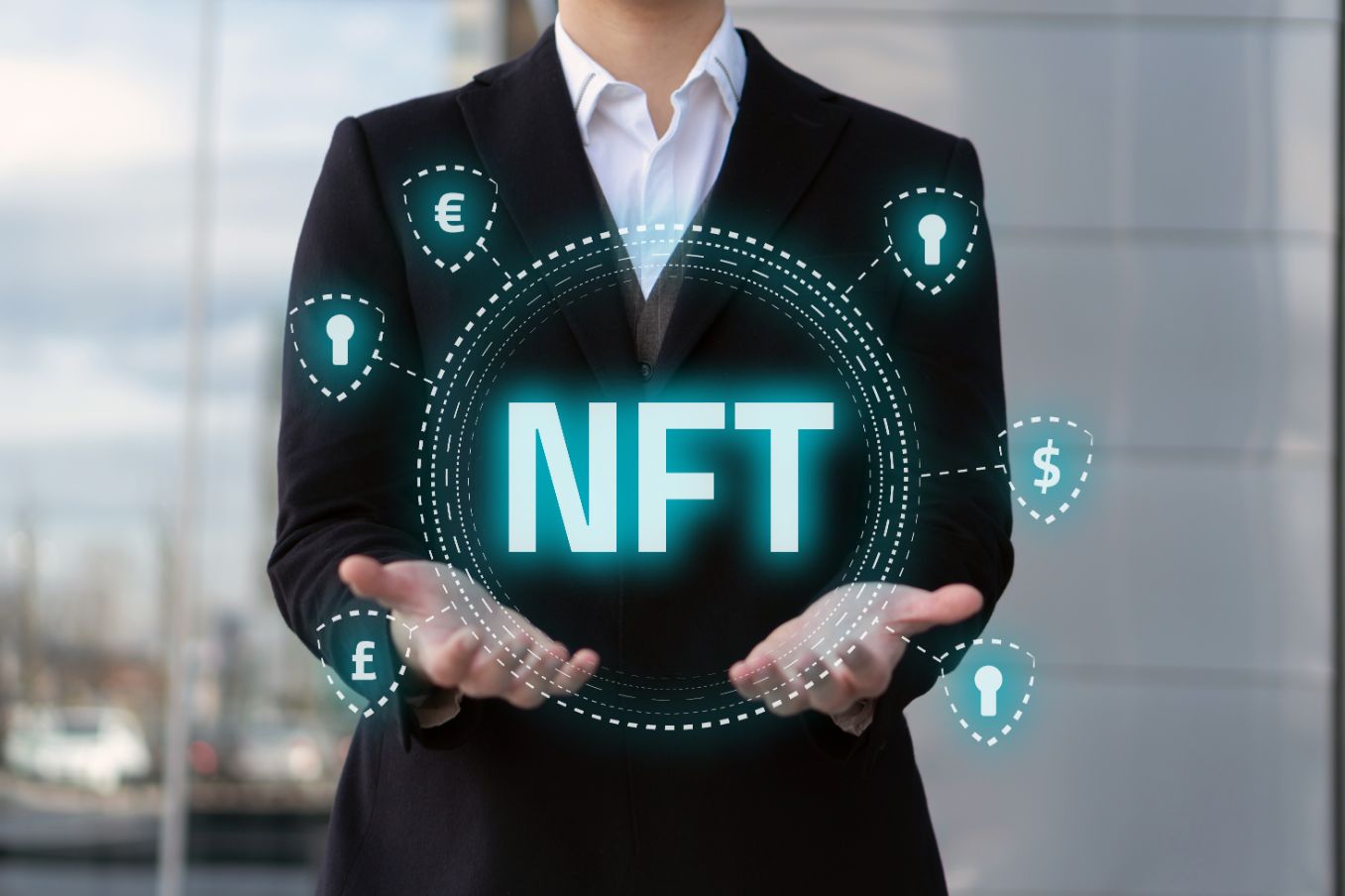NFT (Non-Fungible Token): Redefining Digital Ownership and Expression
In the digital age, where everything is a mere click away, we’ve seen a revolutionary concept emerge, one that’s changing the way we perceive ownership and creativity. Non-Fungible Tokens, or NFTs, have catapulted themselves into the spotlight, captivating the attention of artists, musicians, investors, and enthusiasts alike. In this blog post, we’ll delve into the fundamentals of NFTs, explore their inner workings, and unveil some of the most captivating and innovative NFT examples across art, music, video, games, and internet culture.
What Exactly Are NFTs?
NFT stands for Non-Fungible Token. To truly grasp their essence, let’s break down this term:
- Token: A unit of data stored on a blockchain—a distributed ledger system that secures and records transactions. Tokens can represent anything valuable, be it a currency, share, vote, or a digital asset.
- Non-Fungible: The crucial differentiator—NFTs are unique and cannot be swapped for another of the same type and value. Think of a painting: each is distinct, with its own identity and characteristics.
An NFT is a digital certificate, residing on a blockchain, validating ownership and authenticity of a piece of art, music, video, game, or any other creative work. It can also carry metadata, offering insights into the asset’s attributes and history, including its creator, date of creation, title, edition, and more.
How NFTs Function
NFTs are crafted and issued on various blockchain platforms that support smart contracts—self-executing agreements that govern transaction rules and logic. Ethereum, with standards like ERC-721 and ERC-1155, stands as the primary platform for NFTs, although others like Binance Smart Chain, Flow, Tezos, and Polygon also support them.
Creating an NFT involves artists and creators uploading their digital work to NFT-friendly platforms or marketplaces. The platform then mints an NFT corresponding to this digital work, assigning it to the creator’s wallet address. From there, the creator can trade or sell the NFT to another wallet address within the same ecosystem. Owners can showcase their digital assets through various applications or devices compatible with NFTs.
Crucially, blockchain records all transactions and ownership changes transparently, eliminating fraud and duplication risks. Smart contracts further enable automation of functions like royalties, licensing, and access rights.
Why NFTs Hold Value
NFTs’ value hinges on various factors:
- Quality and Popularity: The intrinsic value of the digital work, its uniqueness, and cultural significance all play a role.
- Scarcity: Limited editions or one-of-a-kind NFTs often fetch higher prices due to their rarity.
- Market Dynamics: Supply and demand fluctuations within the NFT market can influence prices.
However, the primary reason NFTs are valuable is because they introduce a new paradigm of digital ownership and expression.
https://synapsefabric.com/2023/09/11/a-comprehensive-guide-how-to-start-a-next-js-project-for-web-development/
Captivating NFT Examples
- Art: NFTs have revolutionized the art world. Beeple’s “Everydays: The First 5000 Days” sold for $69 million at Christie’s auction. CryptoPunks, considered the first Ethereum NFTs, and Art Blocks, generative art pieces created on-demand by algorithms, are also noteworthy.
- Music: Kings of Leon released “When You See Yourself” as the first NFT album. Grimes sold her “WarNymph” collection of digital artworks and songs for $5.8 million. Platforms like Audius offer decentralized music streaming with artist and listener rewards.
- Video: NFTs have entered the world of video content, with examples like Logan Paul’s “Pokemon Box Break” video. NBA Top Shot offers collectible video highlights of NBA games. EulerBeats combines music and art into audiovisual NFTs.
- Games: Axie Infinity lets players breed, battle, and trade cute creatures called Axies. CryptoKitties, the NFT collectible and breedable digital cats, led the NFT craze in 2017. Decentraland provides a virtual world for creating, exploring, and trading land and assets.
- Meme: Memes, the essence of internet culture, have found their place in NFTs. Nyan Cat, the viral flying cat with a rainbow trail, sold for $590,000. Doge, the inspiration behind Dogecoin, and Bad Luck Brian, the meme featuring an awkwardly smiling boy, are also part of this trend.
NFTs have ushered in a new era of digital ownership and creativity, empowering artists, creators, collectors, investors, users, and consumers. Their disruptive potential extends far beyond hype—they have the power to reshape industries and markets. NFTs aren’t a passing trend; they represent a phenomenon with myriad applications and implications for the future of the digital realm. It’s a revolution in the making, and you’re right in the midst of it.






